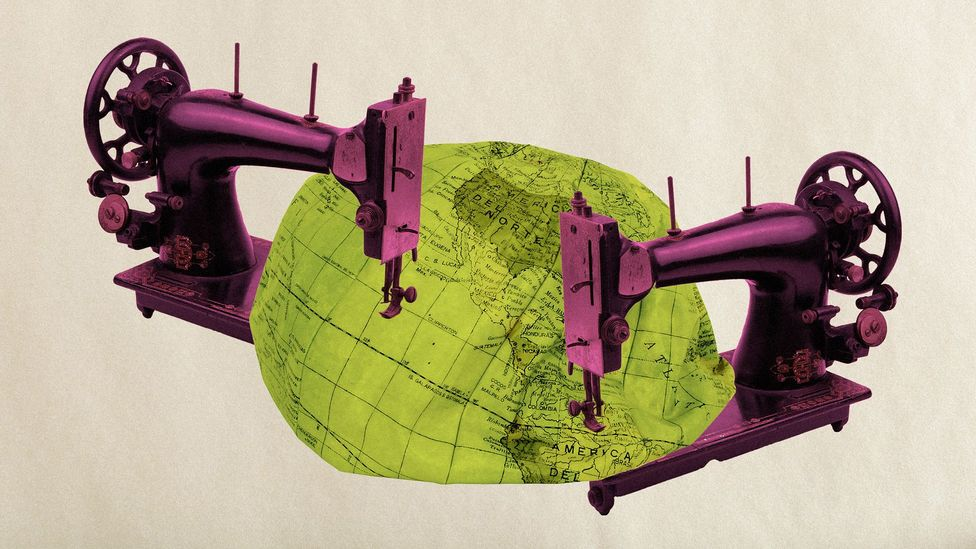We should embrace opportunities to offset carbon, but question how it’s being achieved, writes Anna Beckett
As the recent strikes made travel by train increasingly difficult I, like many others, resorted to other means of transport. National Express has proved to be a surprisingly comfortable and cheap alternative and the first time I booked I particularly enjoyed that there was an option to pay to offset my carbon. Just 60p to offset a 220 mile round trip by coach. That’s less than a bar of chocolate.
Paying 60p to offset my journey made me feel better, but a bar of chocolate probably would have made me feel better too, so was I actually achieving anything? Well National Express seem to have fairly well-defined renewable energy schemes that they’re investing in, so hopefully my money was going towards something productive.
But this isn’t always the case. If you’re going to pay to offset carbon it’s important to check what you’re paying for; in some cases you might be paying to plant a tree, whereas in others you’re paying not to chop one down…
And the biggest issue with carbon offsetting is of course that the carbon has still been released into the atmosphere. When it comes to the construction industry carbon offsets could easily seem like something of a get-out-of-jail-free card.
If we have to use concrete because nothing else will work, then can’t we just pay to offset the carbon? We could, but the carbon from the production of that concrete will still be released now and most carbon offsetting schemes are likely to take a considerable amount of time to pay that back, if they manage at all.
But if we assume that the construction we’re undertaking is unavoidable, and we’ve done everything we can to reduce the amount of materials we’re using and we’ve specified materials that are as low carbon as they can possibly be, then (and only then) perhaps it’s worth considering. And if we’re going to consider it, then putting our money into schemes that will help to decarbonise the industry seems like a good idea.
Across the construction industry there are an increasing number of products available which are selling carbon credits. The intention with these products is that they absorb carbon from the atmosphere over their lifetime and therefore the carbon benefit can be sold back to someone else to offset their carbon.
But of course, the project into which the product is specified also needs to offset their carbon, and if they consider the product to be “carbon negative” as well, then the carbon has essentially been counted twice.
Perhaps the most important thing to consider when we’re offsetting carbon is the cost. While carbon offsetting is voluntary then the price is set by what the consumer is willing to pay. 60p to offset my coach trip seemed like nothing and so I didn’t think twice, but if it had been £5 or £10 things might have been different.
And if it hadcarbon offsetting been compulsory and had doubled the cost of my ticket, I might have actually thought a little harder about whether I really needed to travel. Across London major developments are now required to pay to offset any carbon exceeding the requirements set out in the London Plan, but we have to ensure that carbon offsets are suitably priced to ensure that reducing carbon is still a better option.
It’s easy to tick the box and pay the price of a chocolate bar to offset your carbon, and you definitely should tick that box, but it isn’t going to solve all of our problems. We need to make sure that the offsets we’re paying for are giving the carbon benefit we expect and are fairly priced, but above all we need to make sure that we’re still trying to reduce carbon wherever we can.

